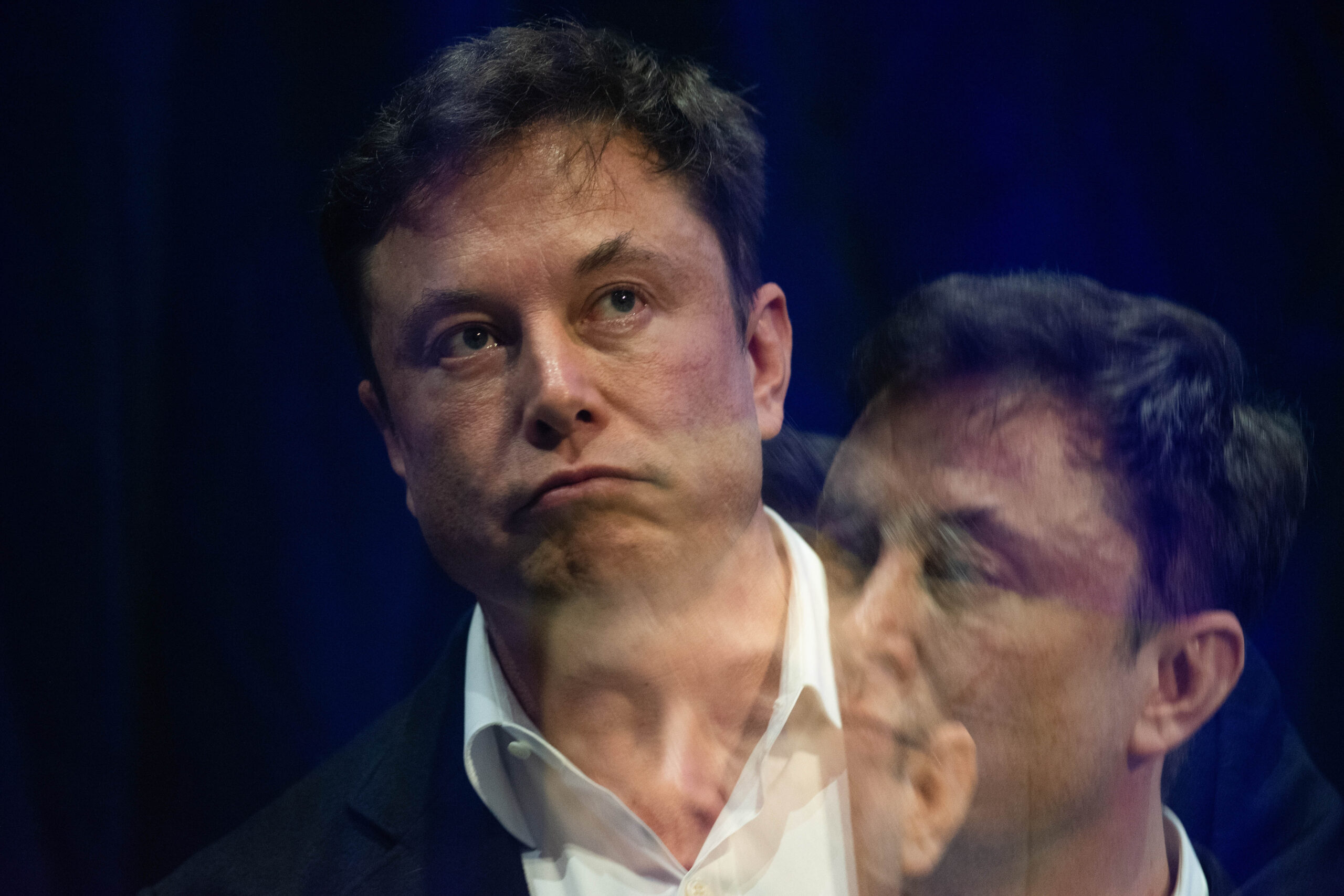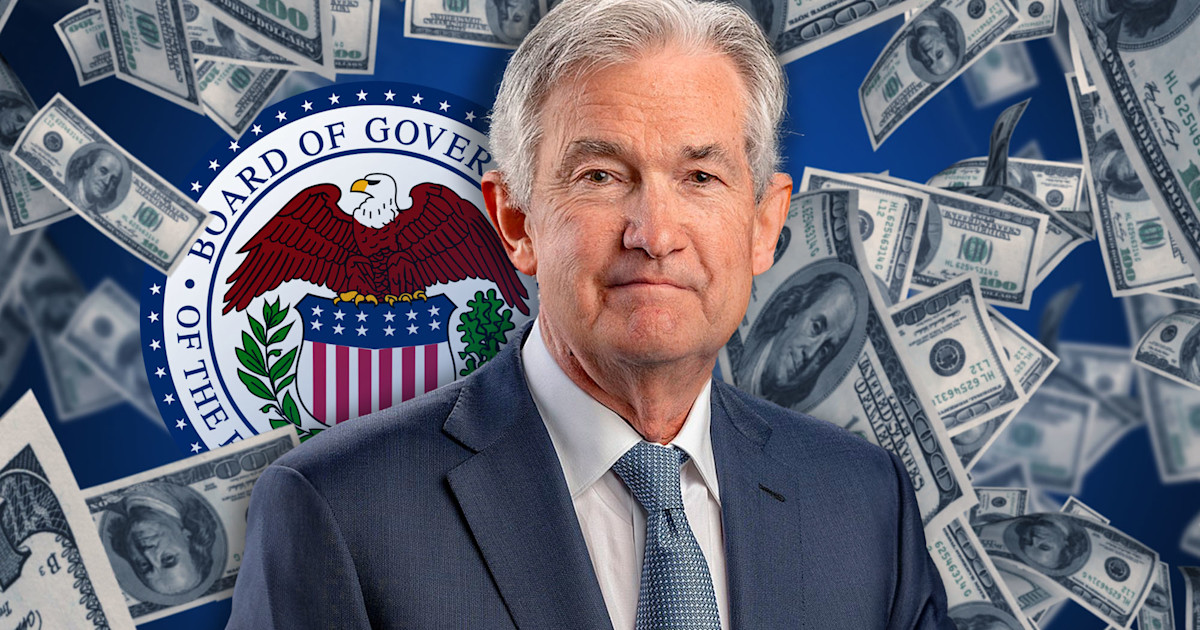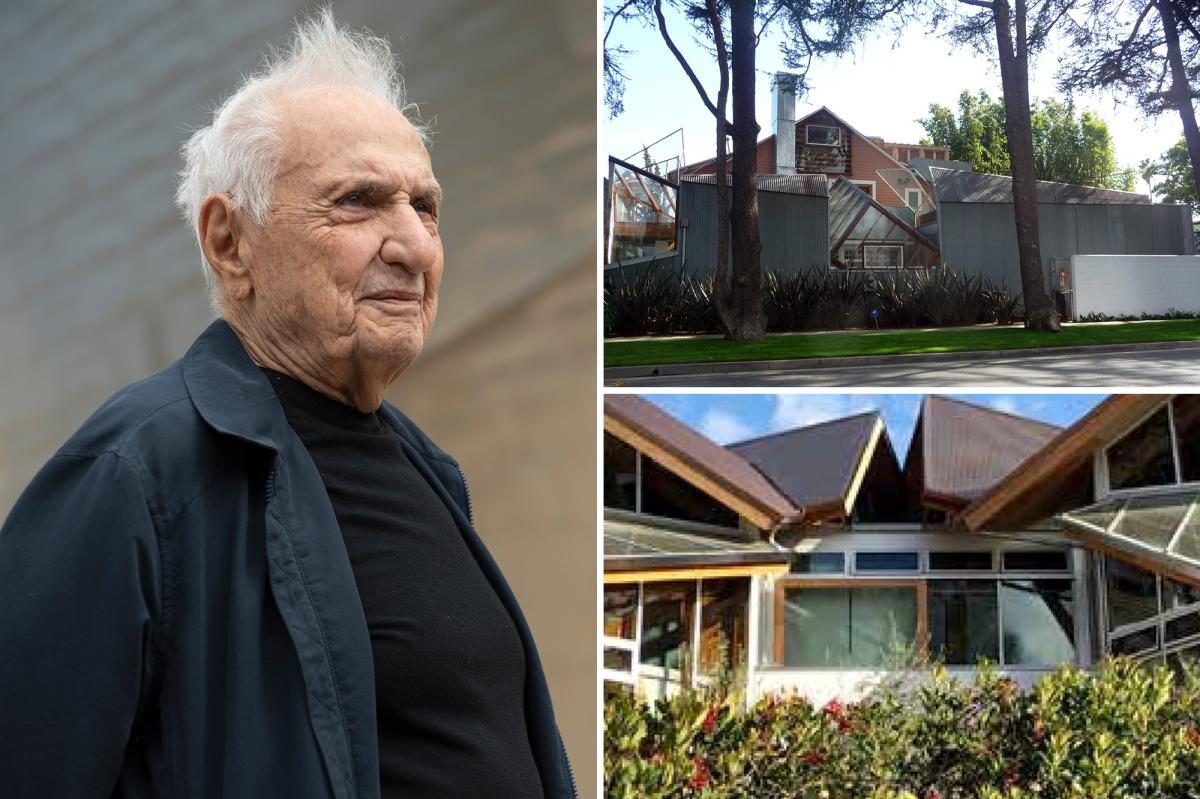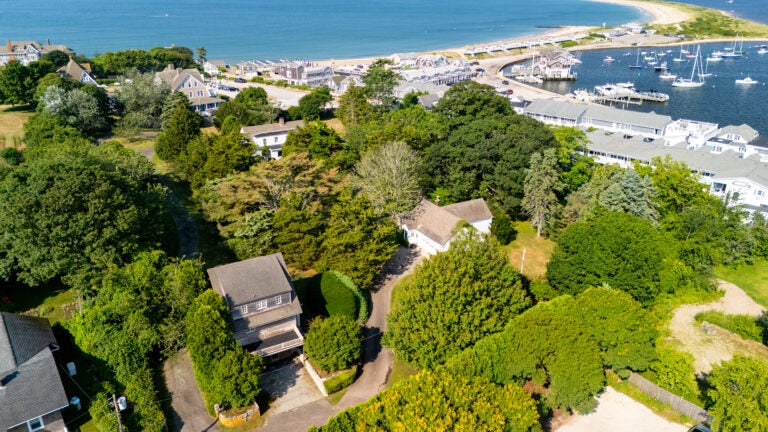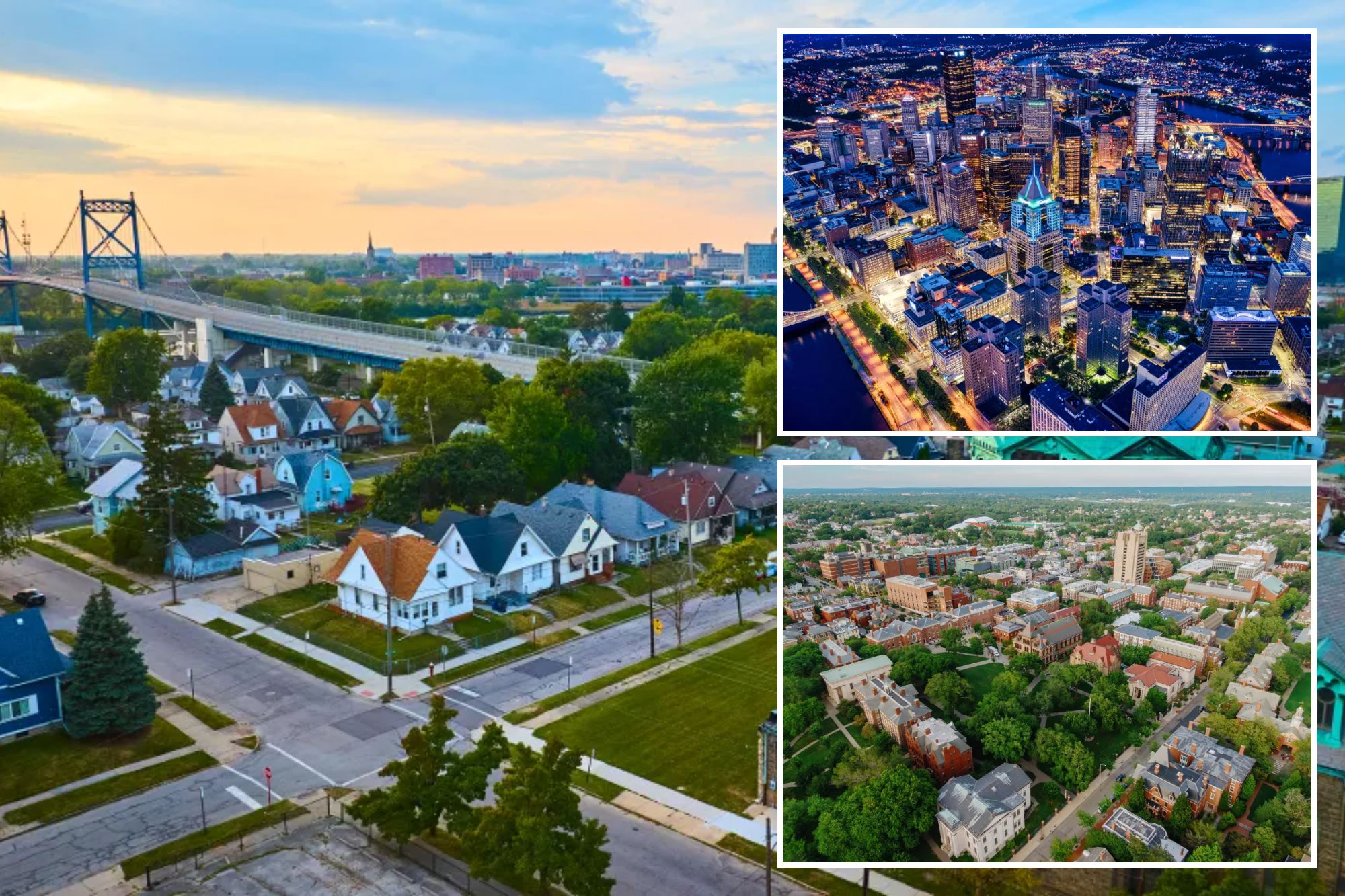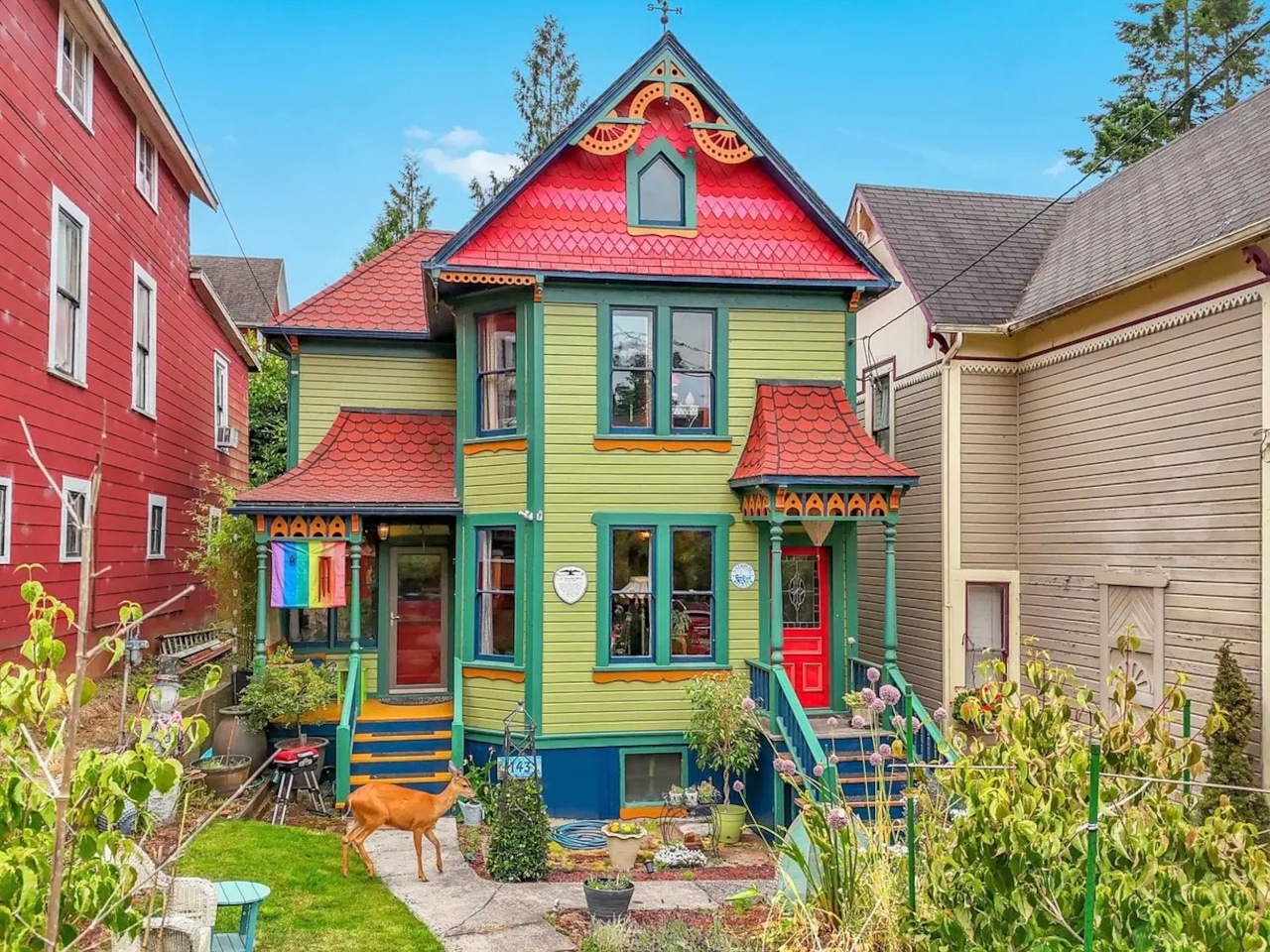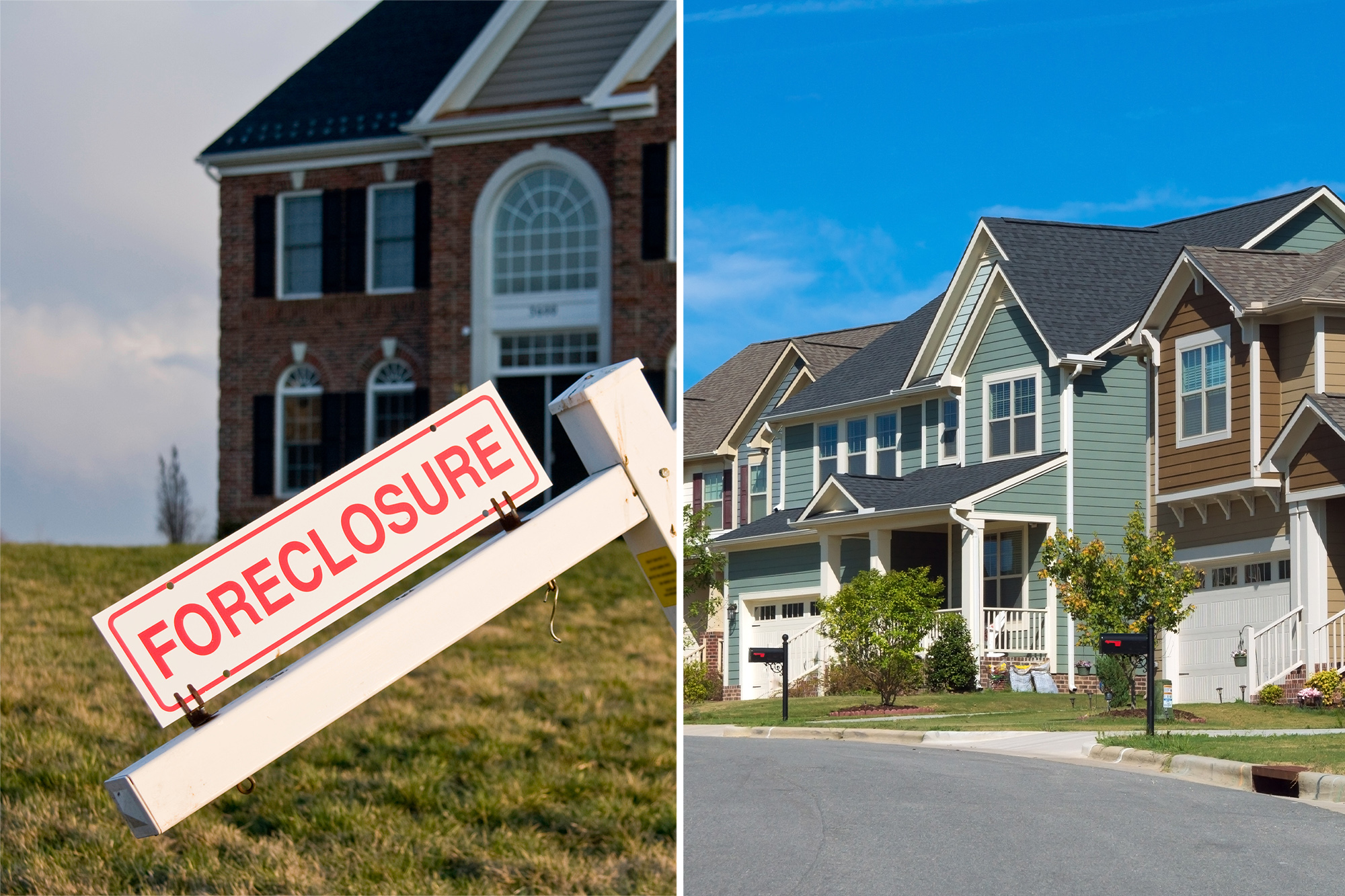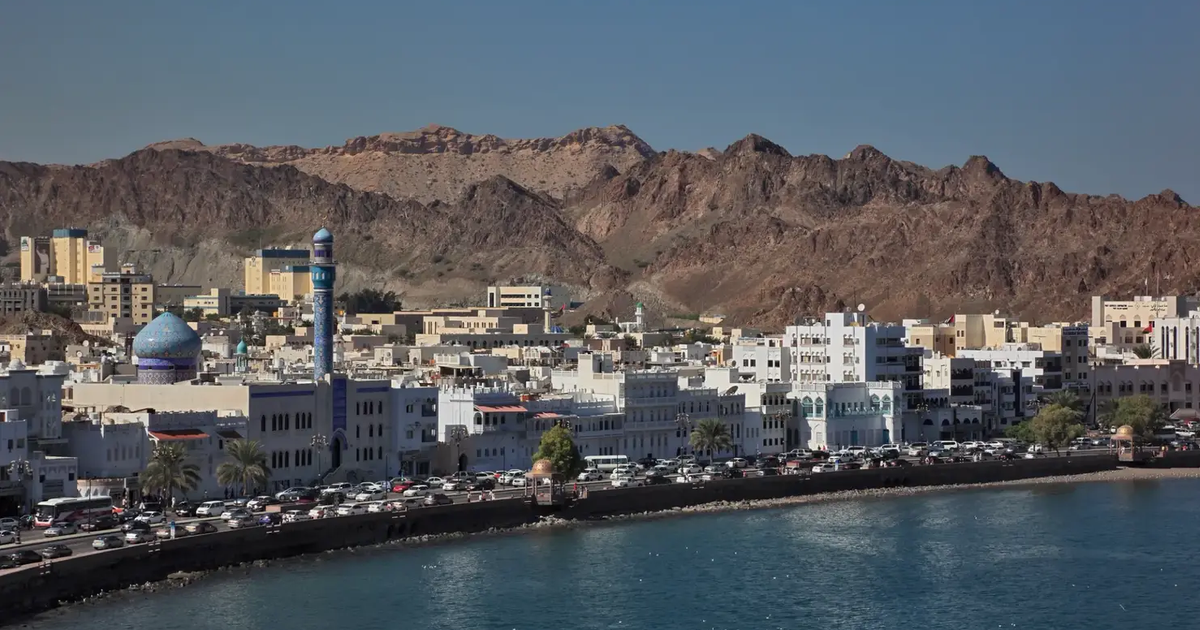B
oring Co. has quietly acquired eight parcels along the planned extensions of its Las Vegas Loop, plus a single‑family home outside the route, sparking speculation that the company is betting on future real‑estate gains tied to its underground transit system. Investigative work by Sunlight Research and The Nevada Independent mapped the full scope of these purchases, revealing that subsidiaries such as Object Dash bought six of the sites—an old tapas bar, a former hemp retailer, two vacant lots (one earmarked for a 132‑unit residential tower), and a plot adjacent to the airport.
Las Vegas remains the only city where the Loop operates, with just over four miles of tunnel completed in four years—far behind the original timetable. The network began as a connector within the Las Vegas Convention Center campus and has since stretched to Resorts World, Encore, and Westgate. Boring Co. markets the system as “public” transit, proposing 68 miles of tunnels, 104 stations, and a capacity of 90,000 passengers per hour, with travel times between 2 and 8 minutes. However, each Tesla car can carry only four passengers and requires a driver because the cameras lose calibration underground, limiting automation.
Ticket pricing—$4.25 for a single ride, $7 for a round‑trip, and $12.50 for a day pass—outpaces the Regional Transportation Commission’s bus fares ($4 single, $6 two‑hour, $8 daily). UNLV economics professor Nicholas Irwin argues that the Loop does not qualify as mass transit, citing its high costs and limited throughput. He warns that the project could either become highly profitable or lose billions, with many “ifs” still unresolved.
Alan Adamson, a brand strategist, notes that Musk’s approach is to control every facet of a venture. By supplying vehicles, building the tunnels, and purchasing nearby land, Boring Co. is creating an ecosystem similar to Tesla’s Supercharger network or SpaceX’s launch pads. Adamson believes that developing residential units close to Loop stations—such as the 24‑parking‑space complex Boring Co. bought—could attract residents who rely on the system instead of driving, giving them a vested interest in the project’s success.
Progress has stalled due to permit delays, nearly 800 environmental violations, and worker injuries, according to ProPublica. In 2022, Boring Co. president Steve Davis projected 5–10 stations in the first six months and an additional 15–20 annually. Today, eight stations are operational, a modest increase of five since launch, and the expansion rate averages 1.25 stations per year.
On October 9, the Nevada Transportation Authority approved a proposal to run Boring Co.’s Teslas above ground for up to four miles, potentially expanding the network without costly tunneling. The move, however, has faced opposition from local taxi drivers who fear economic disruption.
Critics like Ray Delahanty, former traffic engineer and YouTube host “City Nerd,” argue that the Loop’s promises were unrealistic from the start. With only 3 million riders since opening, the system’s capacity pales compared to bus rapid transit or even a single metro line. Delahanty describes the Loop more as an express tunnel for taxis than a viable mass‑transit solution. He also points out that fares are high relative to the service, noting personal experiences where a regular Uber or walking would have been faster.
Despite the skepticism, Boring Co. continues to push forward, integrating real‑estate development with its transportation vision. Whether the strategy pays off remains uncertain, but the company’s comprehensive control over the value chain—tunnels, vehicles, and surrounding properties—remains a hallmark of Musk’s business model.
